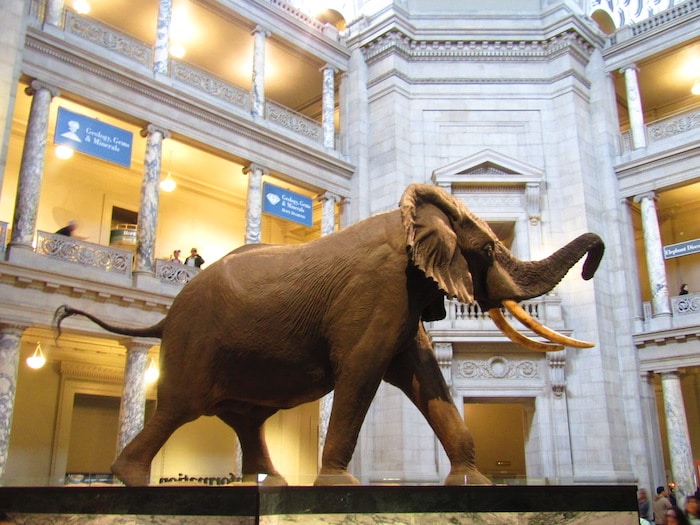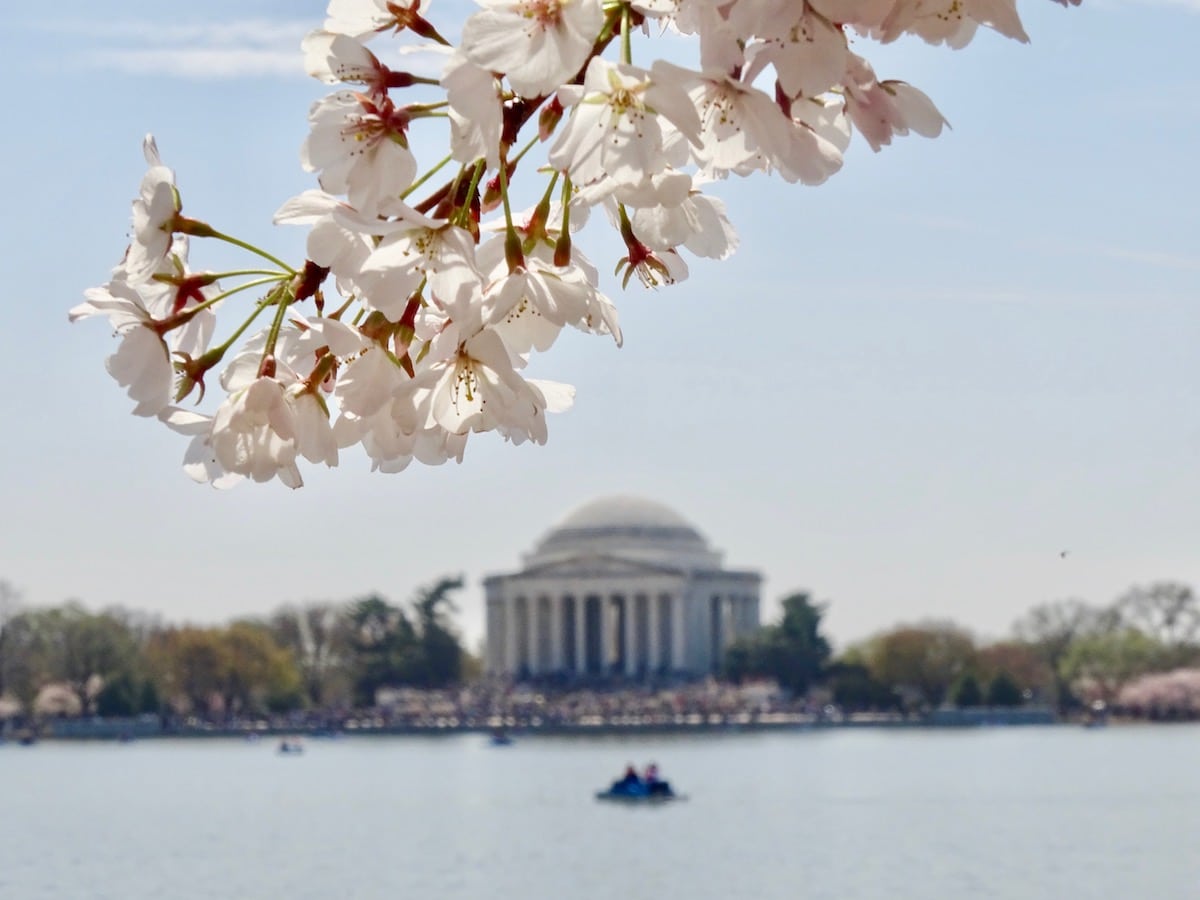Visiting the National Museum of Natural History in Washington D.C. requires a full day, at a minimum. Entering is free of charge, as are all other museums run by Smithsonian. Its location in the National Mall is very accessible for tourists, making it the second most visited in the city, after the National Air and Space Museum. In 2018, it received about 4.8 million visitors, putting it in the 11th position of all the most visited museums in the world.
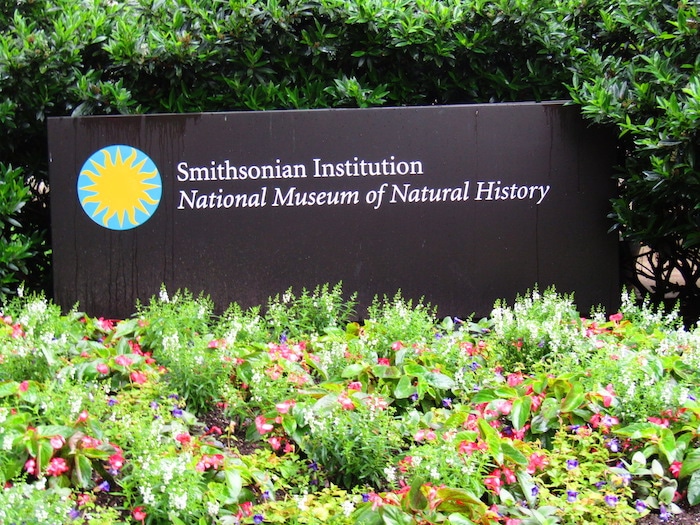
This museum opens every day (except Christmas) from 10 a.m. to 5:30 p.m. During spring and summer they extend the schedule two more hours, closing at 7:30 p.m. That season is quite busy, so it is better to go early, as they open or at the end of the afternoon. At noon the tourist buses and school groups arrive.
There is not much parking in the area, so it is recommended to go by public transport. You can take the orange or blue subway lines to the Smithsonian stop and exit in the direction of the National Mall. If you prefer to use the bus, you can take routes 32, 34 or 36.
Booking.comMuseum History
The National Museum of the United States was founded in 1846 as part of the Smithsonian Institution. It was originally located in what is now known as the Smithsonian Castle. The exhibition opened to the public in 1858, but they moved it because of lack of space to what is now known as the Arts and Industries Building. It was huge, with a total space of 2.25 acres (9,100 square meters). However, Congress authorized the construction of another building on the north side of Constitution Avenue and 10th Street.
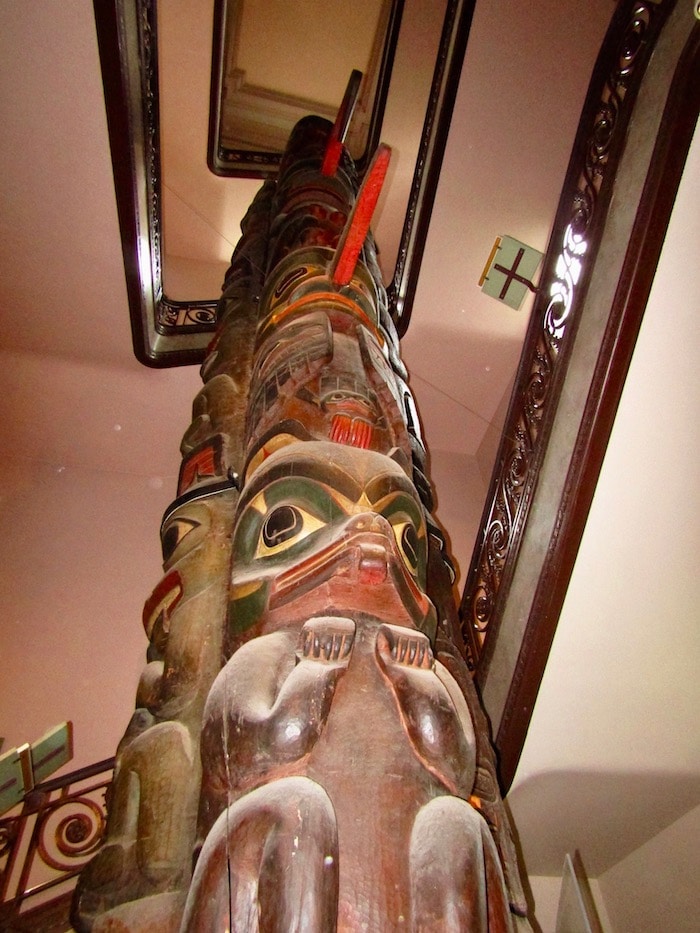
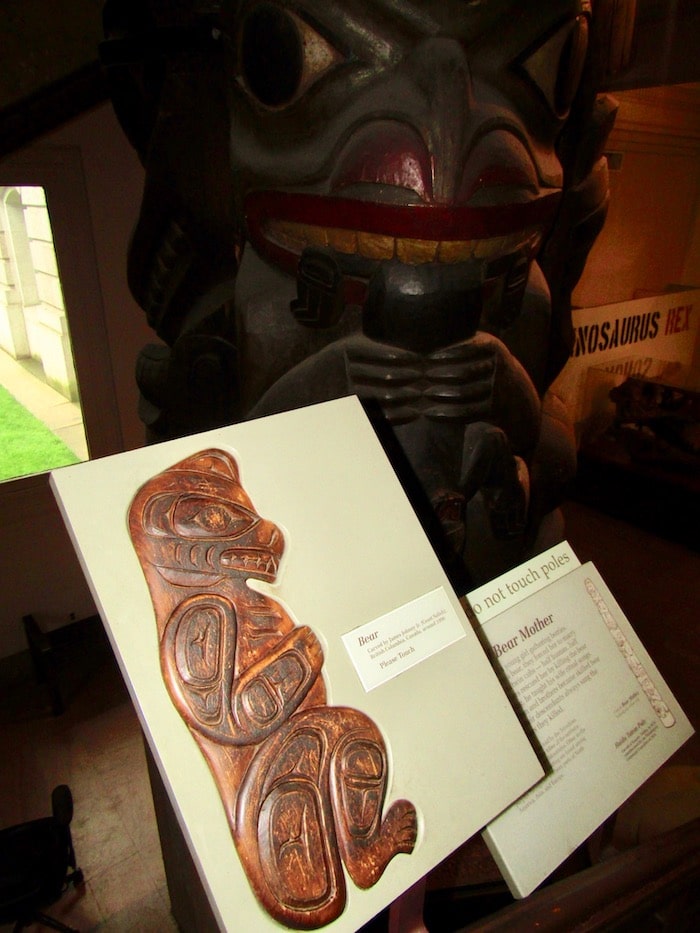
The National Museum of Natural History building opened to the public in March, 1910, but was not completed until June 1911. It cost $3.5 million, with inflation it would have cost $95 million in 2020. It housed objects of history, art and culture, in addition to the collection of natural stories. Over the years they have received private donations, including $1 million from Tiffany & Co. to buy precious stones. The museum has suffered from public controversies over actions taken by administrators and donors. All Smithsonian properties require private financing over the public. To operate, this museum has an annual budget of $68 million and 460 employees.
National Museum of Natural History
As a child I went a lot to Washington D.C. because my grandparents were ambassadors of Panama in the United States. That is why I have memories of this museum when I was young, which are totally different from my adult experiences. This museum has a collection of 145 million specimens and artifacts. In total, there are three floors with 22 galleries full of everything you can imagine, even a Moai from Easter Island. The British Museum in London also has one that they took from Rapa Nui National Park that is being claimed.
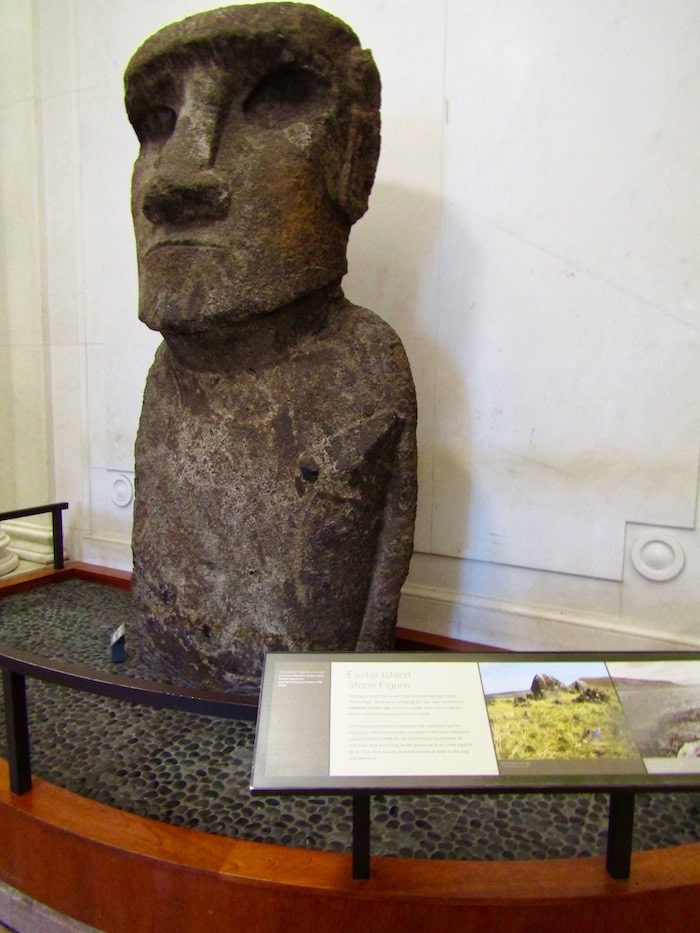
If you want to go to the Butterfly Pavilion, you must get an online ticket available every day, except on Tuesdays, when it is free and is only given on site. Entering this pavilion costs between $6.50 to $7.50 (2020). They have more than 300 types of butterflies that live in a tropical oasis full of plants.
Many of these skeletons in the Bone Room have been exhibited since 1881, when the museum was in the Arts and Industries Building. Since the 1960s they have been in their current form, representing each group of animals with vertebrae.
Africa
In the center of the National Museum of Natural History you will see an elephant weighting 11 tons which measures 13 feet. His name is Henry and he has been on display since 1959, when a Hungarian hunter donated his skin. If you’re thinking the same as me, it’s normal, everyone who kills elephants is a horrible person. Luckily, the exhibition creates awareness of the importance of elephants in Africa and the problem of hunting. You can hear the voices of elephants that communicate with low frequency vibrations for more than 10 miles.
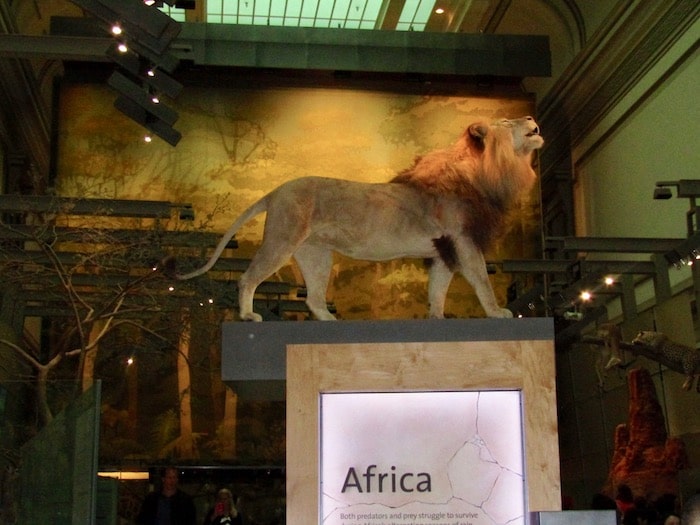
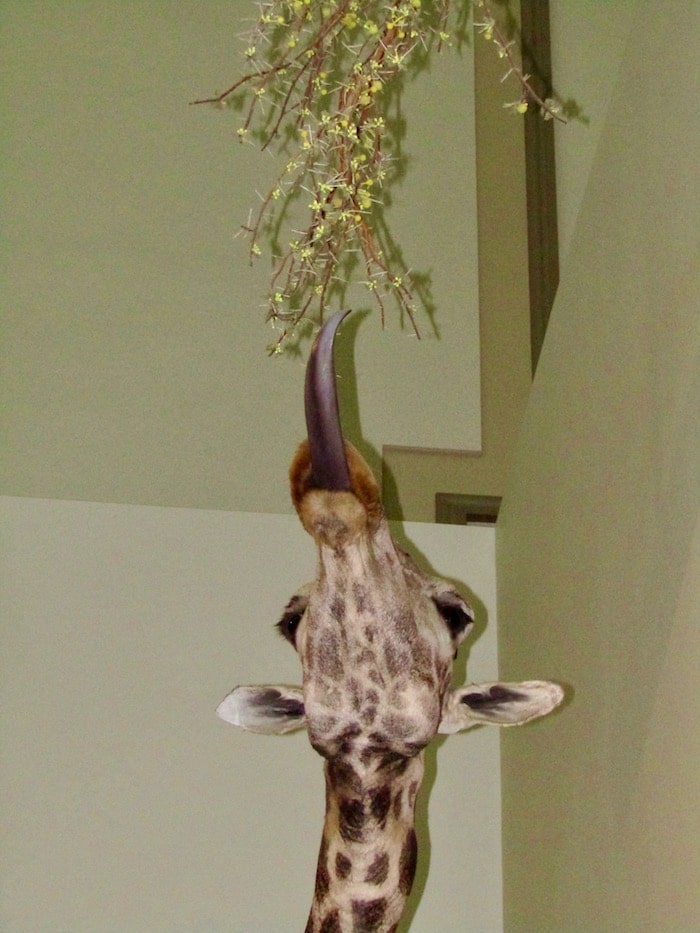
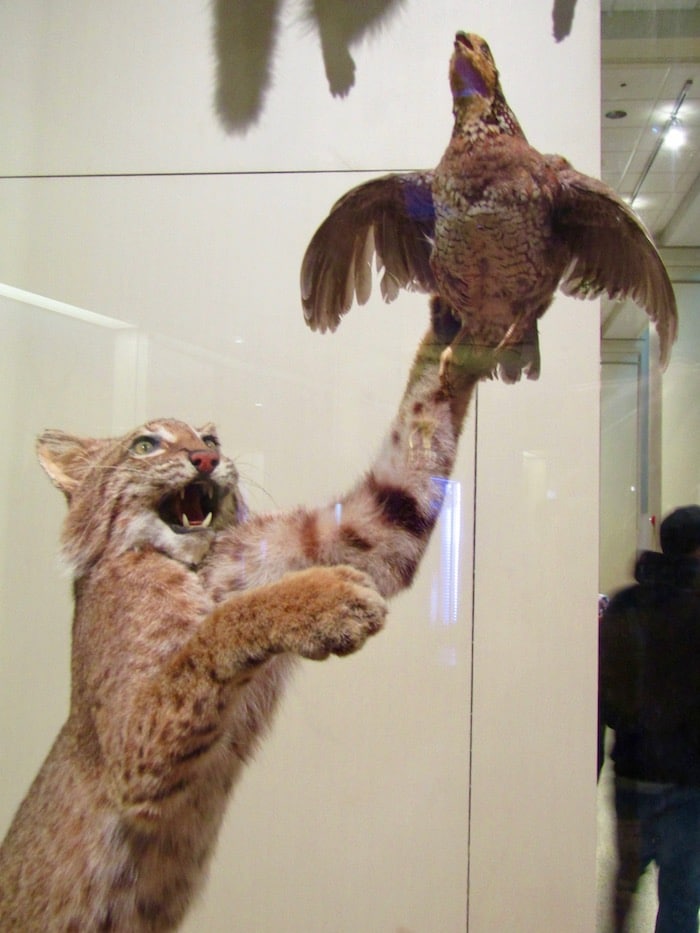
President Theodore Roosevelt went to Africa with Smithsonian in 1909-1910. On that trip he hunted a northern white rhinoceros that is extinct in the wild. It has been exhibited at the National Museum of Natural History in Washington D.C. since 1913. It is located in the Mammal Hall of the Kenneth Behring Family. This hall has a sign that says Welcome to the Family Reunion! Mammals are all over the world and are our closest relatives. Some are curious, such as short-beaked echidna, which is one of two types of mammals that lay eggs. They also have a bronze recreation of morganucadon oehleri, which lived 210 million years ago. In total they have 274 types of mammals.
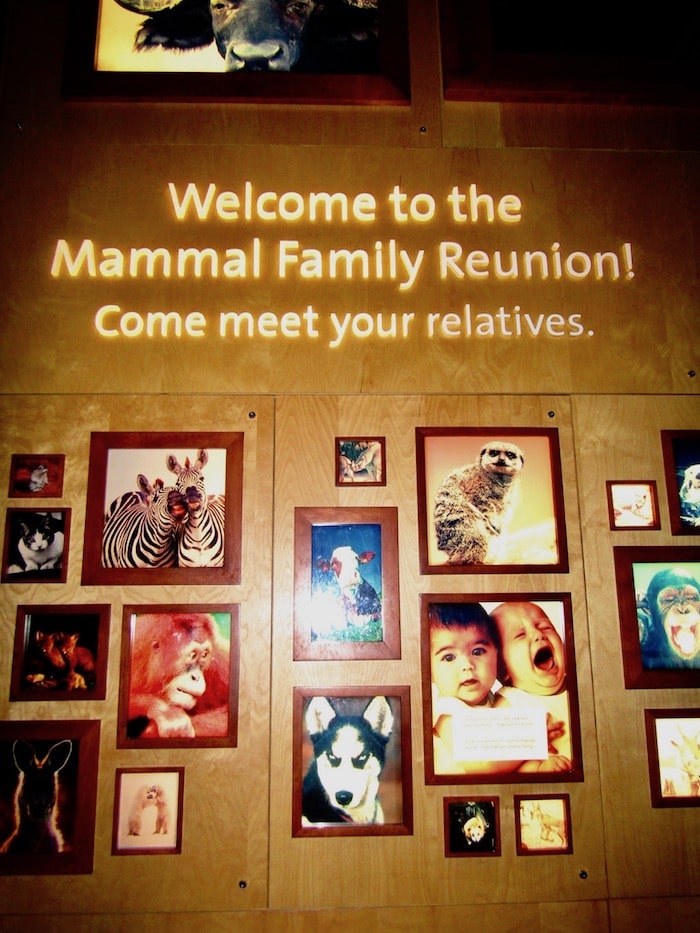
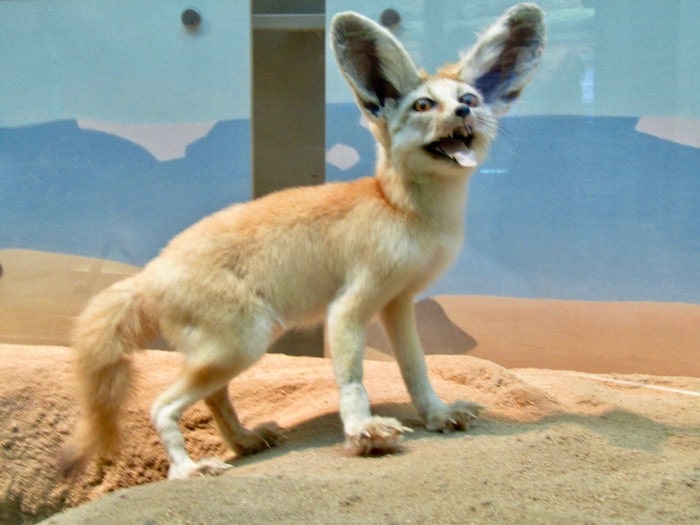

Another African exhibit is ‘The Peoples and Cultures of Africa’. If you visit Washington D.C. you can also go to the National Museum of African Art and the National Museum of African American History and Culture. This exhibition tells how the people of Africa have influenced the culture and history of the world. More than 400 objects show people’s lives, political activism, art, commerce and religion. One of the most curious things was a KLM plane used as a coffin in Ghana.

Fossil Hall and Hall of Human Origins by David H. Koch
The David H. Koch Fossil Hall reopened after five years of renovation. The changes cost $110 million, since the space is quite large with 31,000 square feet (2,800 square meters). We usually think that the history of the planet is recent, but in reality billions of years have passed. This exhibition begins 4.6 billion years ago and ends in the future. It is a complete evolution where you can see giants of the past such as Tyrannosaurus Rex (67 million years old), Diplodocus and the Woolly Mammoth (who lived between 15,500-11,500).
In total they have 700 fossil specimens in the National Museum of Natural History. They have a laboratory called FossiLab that shows how fossils are prepared to be presented. Understanding our past we can connect to our present and future. Hopefully we can correct actions that are causing climate changes, such as those that happened before that caused extinction. Screens provide corrective actions for humans to learn better behaviors.
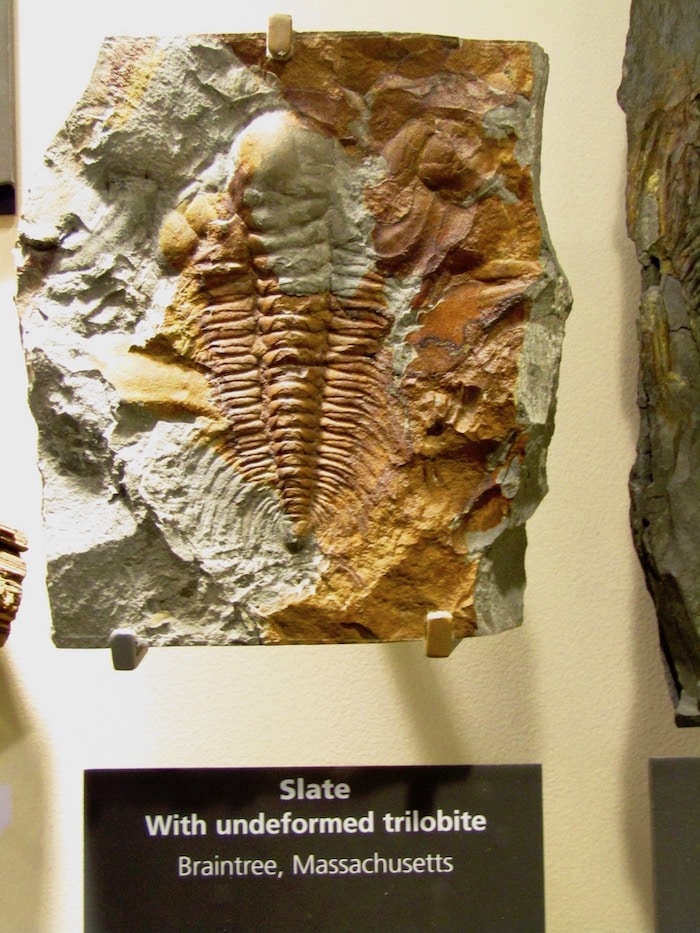

David H. Koch also has another hall of human origins that opened in 2010 for the 100th anniversary of the museum. This space explains what it means to be human with all evolutionary changes including walking, bigger brains and a world of symbols. 6 million years of evolution are shown with 75 replicas of skulls. The World Change Gallery focuses on issues related to climate change and the impact of humans on the world.
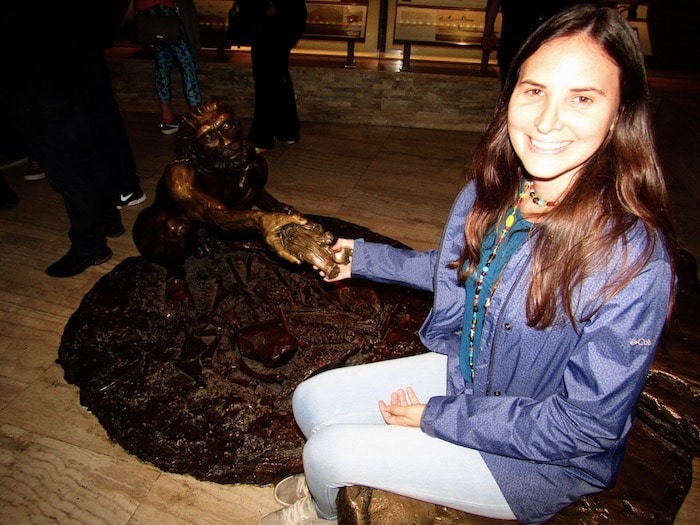
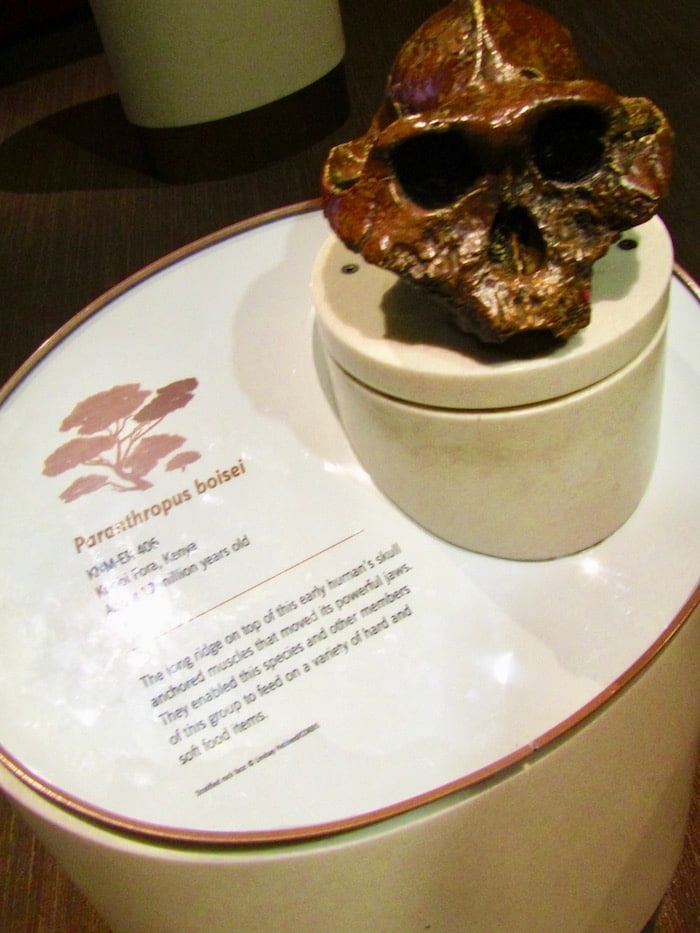
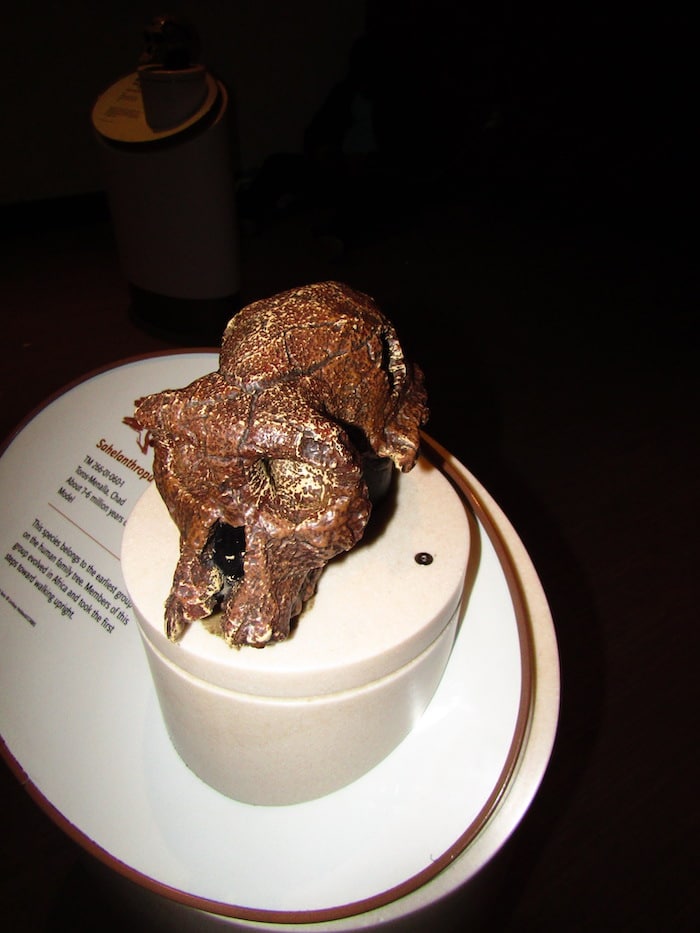
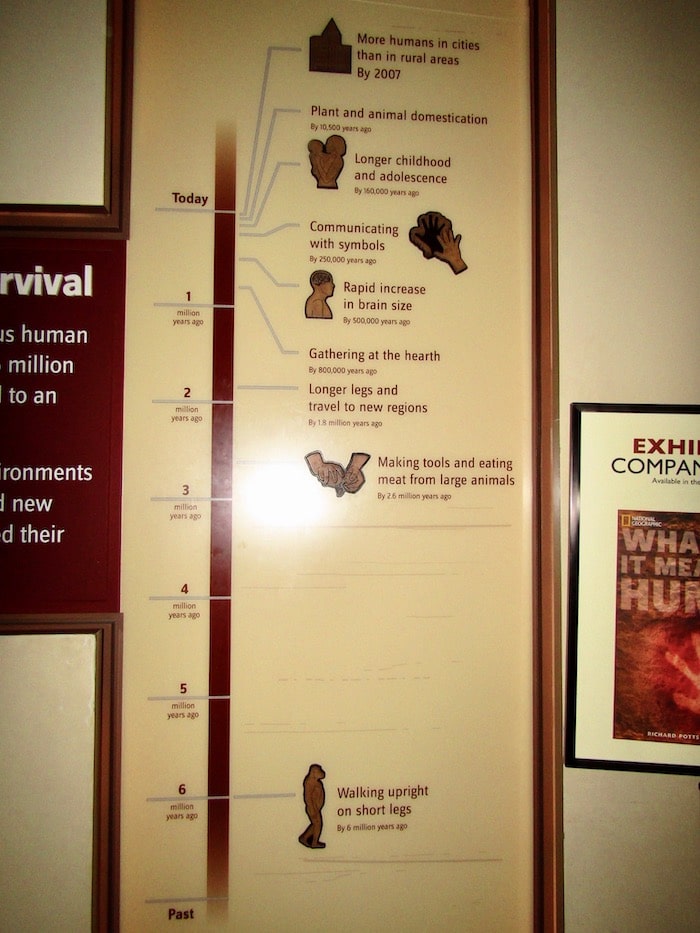
Sant Ocean Hall
This exhibition is named after its donors, Victoria and Roger Sant. They donated $15 million to make this room in 2008. It is currently the largest marine collection in the world, with more than 80 million specimens. Only 600 are on display, including a life-size model of Phoenix, a North Atlantic whale that scientists have been following since 1987.
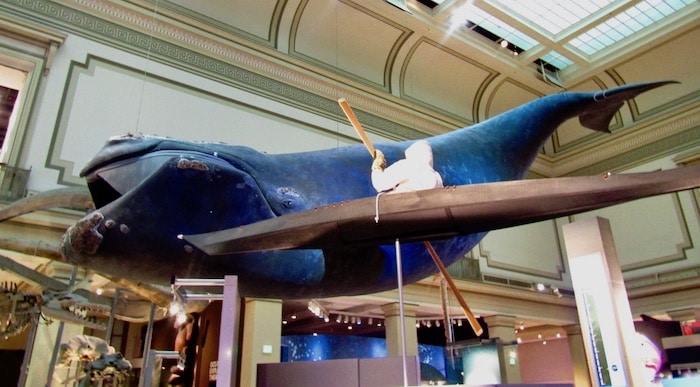
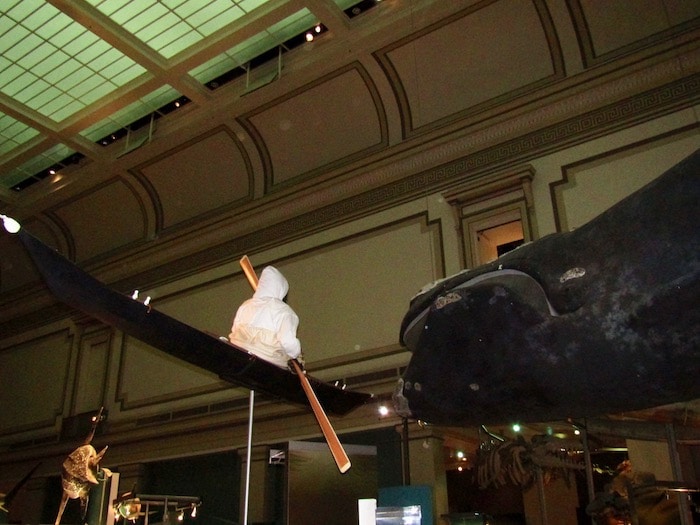
In 1903, the National Museum of Natural History created the first complete skeleton of a whale that has been exhibited. You can see three skeletons of ancient whales, in addition to the jaws of an extinct Megalodon. Visitors can receive a global perspective of the importance of the ocean. They also have a giant 25-foot squid that was found 1,300 feet under the sea off the coast of Spain, which has been preserved. Another curiosity is a Celacanto, which is a fish that was believed extinct 65 million years ago when dinosaurs disappeared.

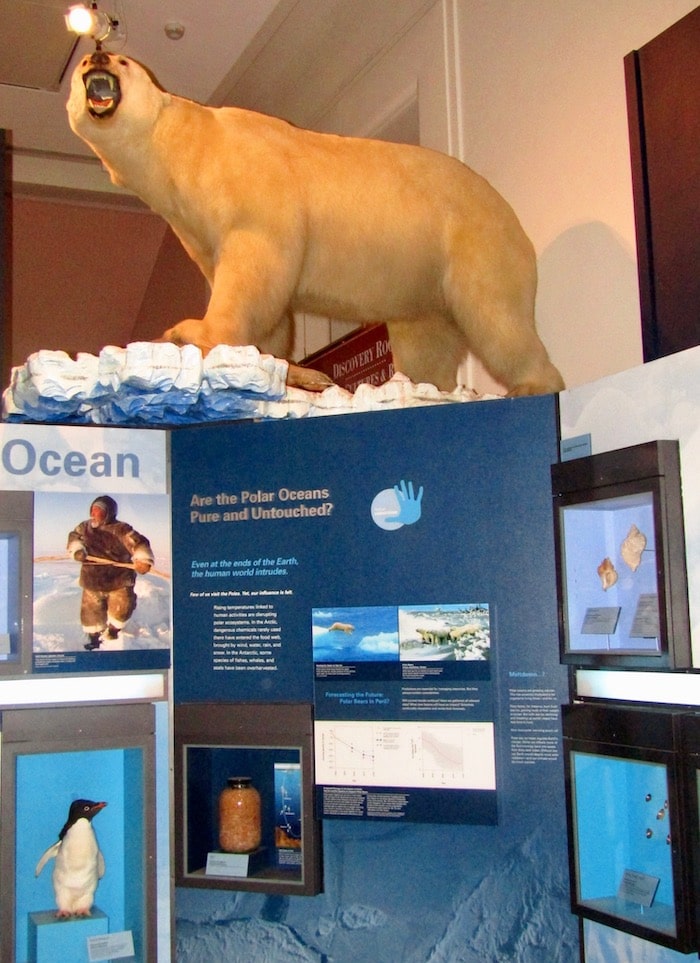
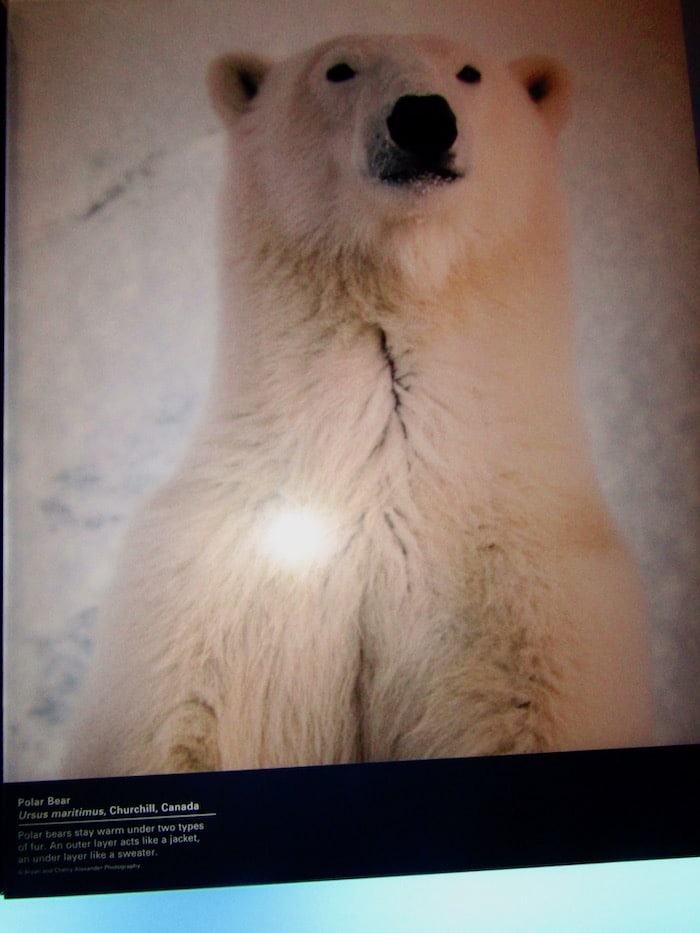
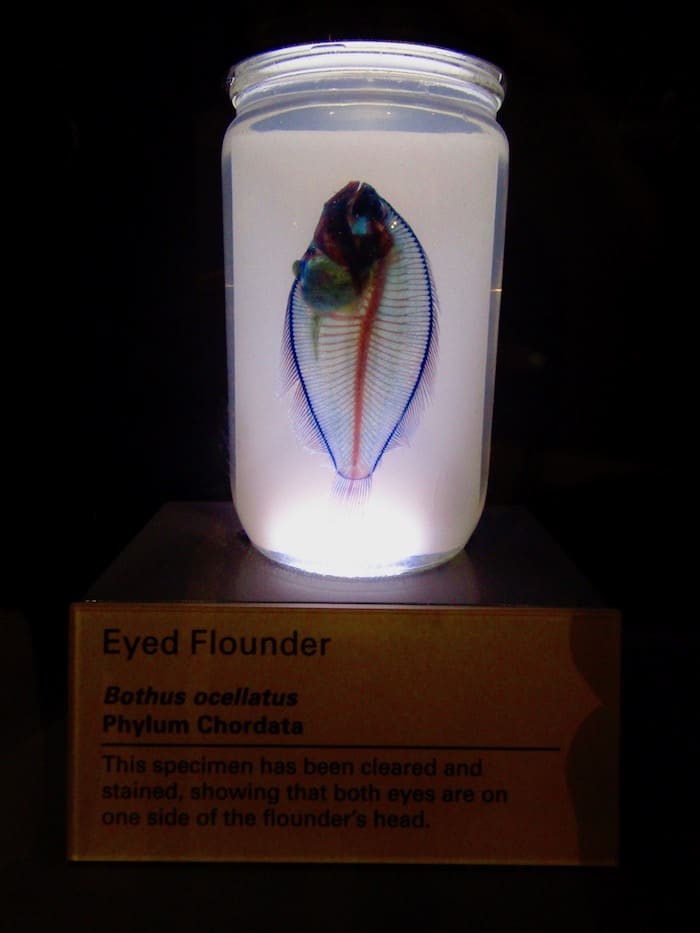
252 million years ago 95% of marine species became extinct. It is believed that this was due to a volcanic eruption or an asteroid. They have a fossil wall called “everyone who has died”. Sant Ocean Hall tries to raise awareness about the importance of the oceans. It works with more than 20 organizations to maintain research and collections.
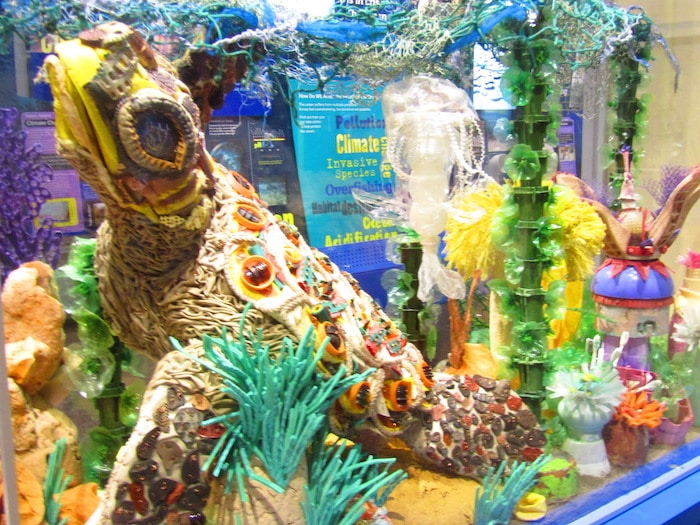

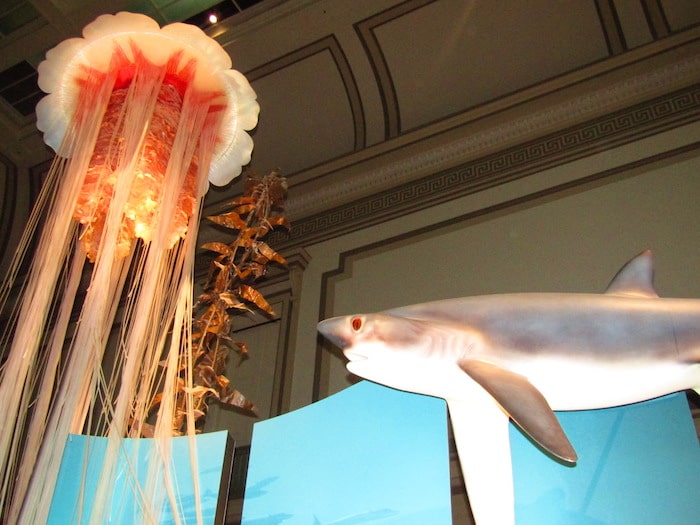
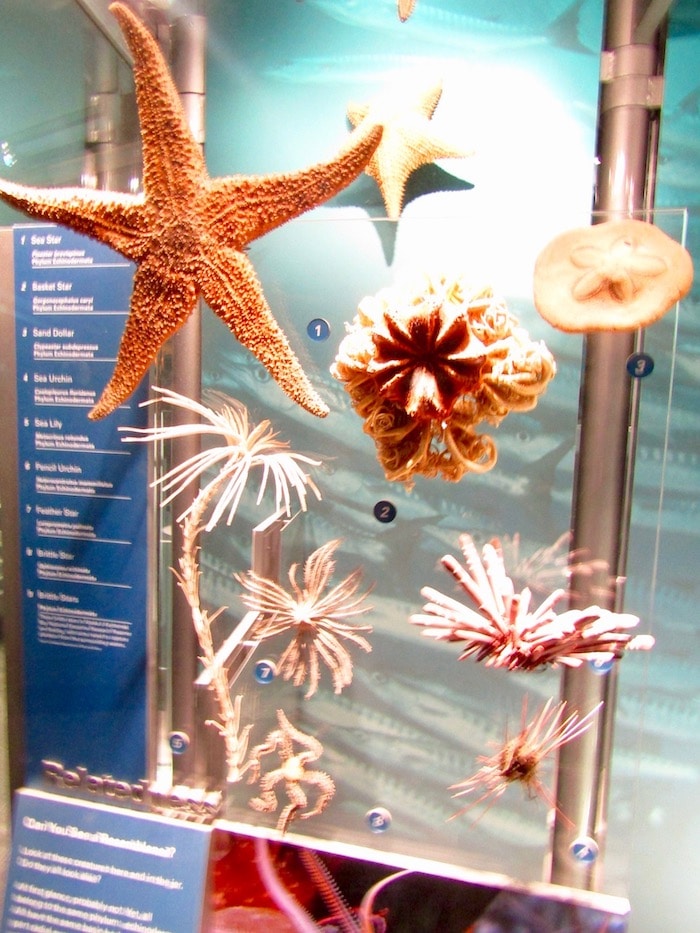
Janet Annenberg Hooker Hall of Geology, Gems and Minerals
For me, the geology, gems and minerals room is the best room of the National Museum of Natural History in Washington D.C. Only at the Harvard Museum of Natural History had I seen such a collection.
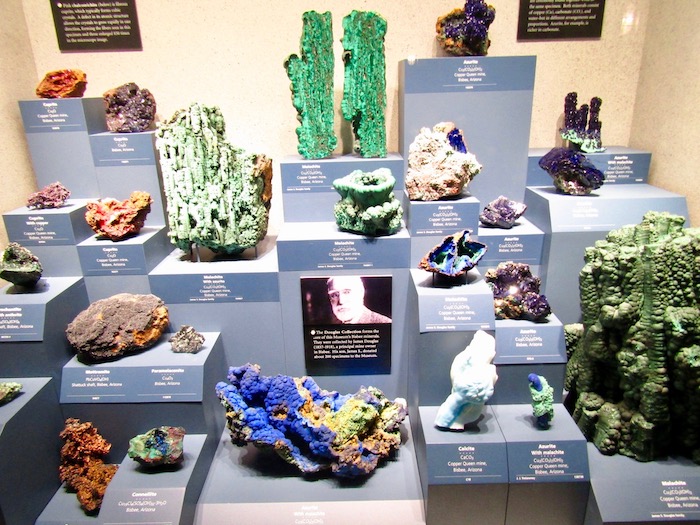
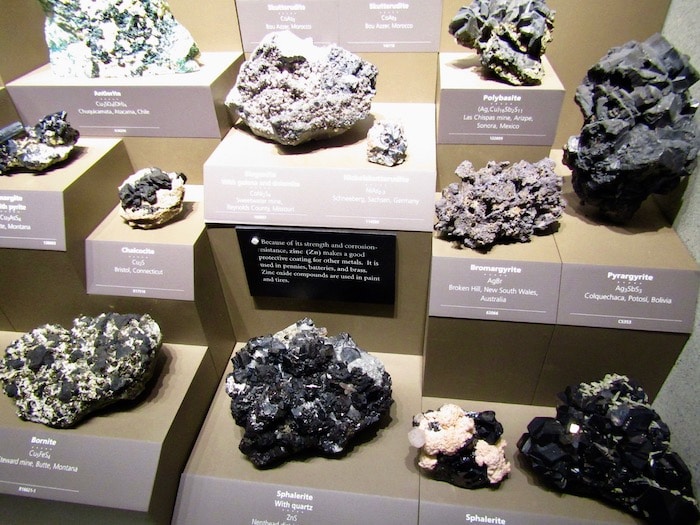
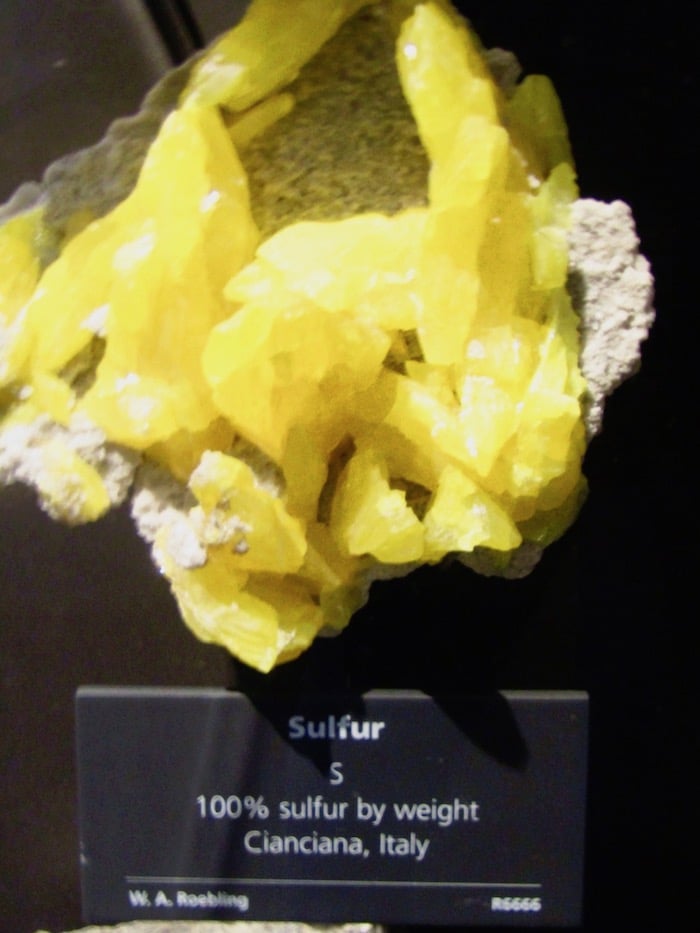

This room opened in 1997 after Janet Annenberg Hooker will contribute $5 million of the $10 million it cost to remodel. In addition to the money, she donated the Hooker Emerald Brooch (valued at $500,000 in 1977) and then the Starburst Hooker Diamonds. Other notable jewelry pieces are Marie Antoinette’s diamond earrings and a 263 carat diamond necklace and a tiara given by Napoleon to Empress Marie-Louise.
In total there are 2,500 minerals and gems. The most impressive is the Dom Pedro Aquamarine, the world’s largest faceted aquamarine with 10,363 carats. Others you should look for are the Whitney Llama Topaz and Carmen Lucia Ruby, weighing 23.1 carats, being one of the largest Burmese faceted rubies that exist.


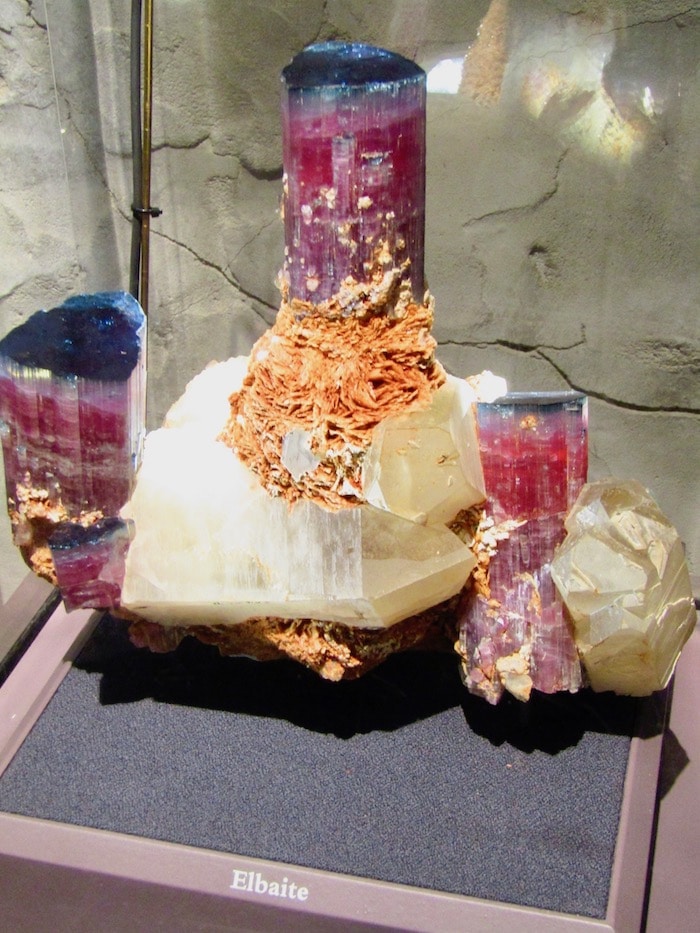
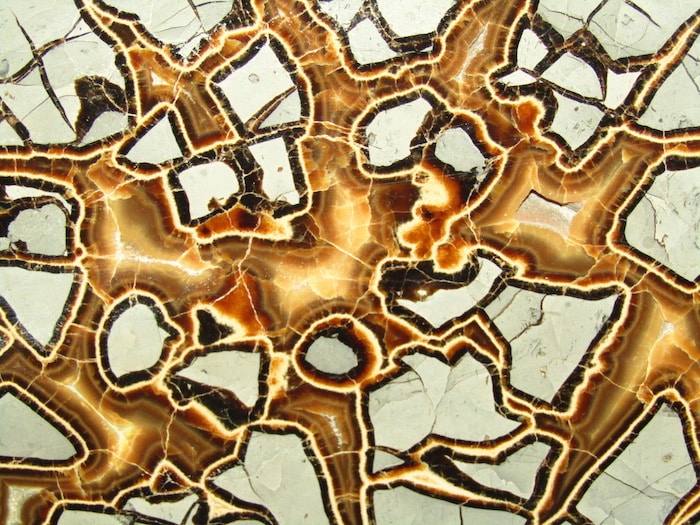
This room teaches about geology, including the processes that have created our planet and the stones you see. A screen shows you all recent earthquakes in real time. You can learn about the tectonic plates that create mountain ranges, volcanoes and earthquakes. It also explains about our solar system, the moon and meteorites.

Hope Diamond
No doubt, most go to the Smithsonian National Museum of Natural History to see the famous Hope diamond. This diamond has more than 300 years of history, since it was obtained by a French gem merchant in India in 1666. Two years later he sold this 112-carat blue diamond to King Louis XIV of France who cut it to 67 carats. It was used as a jewel of the Crown. His successor, King Louis XVI of France gave the diamond to Marie Antoinette of Austria. Both were put in prison and executed during the French Revolution. During that time the diamond was stolen.


It appeared 20 years later in London with 20 carats less and was sold to George IV of the United Kingdom. In 1824, it became part of the Henry Phillip Hope’s gem collection. It stayed with the Hope family until 1901. Later it went through several owners including jeweler Pierre Cartier and the American socialite, Evalyn Walsh McLean. In 1949, the diamond was purchased by Harry Winston who exhibited it in his collection of “Court Jewelry” in Museums throughout the United States. In 1958 he decided to donate it to the Smithsonian National Museum of Natural History.

It is believed that the Hope diamond is cursed, as it was stolen from a temple in honor of the goddess Sītā. Almost all of their owners had extremely complicated lives and ended up with tragic deaths.
The National Museum of Natural History in Washington D.C. is always changing. There are many more temporary and permanent exhibits. You can visit as many times as you want and each time you will discover new things.


